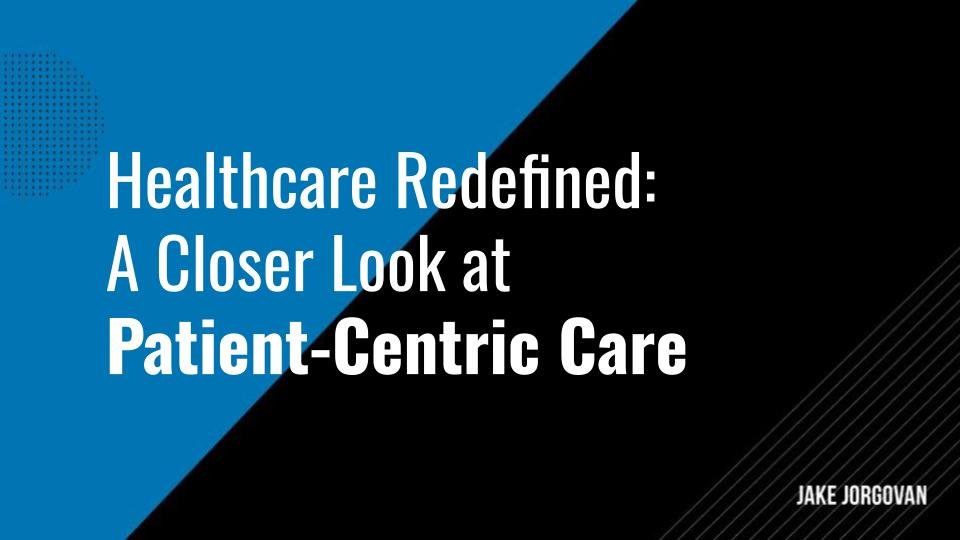Guide to Patient-Centric Medication have become a growing specialty in healthcare today. By including patients as partners in their own healthcare decisions, the goal is to improve treatment outcomes and better the bond of trust between the patient and the healthcare provider. This is the one to read if you want the basics around what constitutes patient-centric medication usage as well as tips around effective communication, patient safety, and balancing efficacy and safety considerations.
Effective Communication/Guide to Patient-Centric Medication
This relies on communication, which is fundamental to a patient-centered approach toward medication. It is not simply prescribing a medication; it is about making sure that the patients are aware of their treatment plans, what each medication is for, and what the end result will be. Healthcare providers should encourage a conversation where the patient has space to voice their concerns and preferences on the matter.
A good way to do this is using plain language, as opposed to medical jargon which may confuse some patients. Utilizing written and visual props can be crucial in improving understanding, particularly in the case of complex medication regimes. It’s also good practice to include electronic prescribing or eprescribe, since they can improve communication between the pharmacy and healthcare provider, limiting the number of errors and ensuring the prescription process is efficient.
And also, active listening is another big one. If providers are truly listening to patients — their concerns, their questions — they will be able to create treatment plans that fit with the patient. Not only does this lead to better compliance, it fosters a collaborative relationship that encourages patients to be active participants in their healthcare.
Ensuring Patient Safety/Guide to Patient-Centric Medication
Patient safety should always come first in the practices of medication. Healthcare providers are required to thoroughly check patient data, such as allergies and current medication lists, to avoid negative interactions between any medications that are prescribed. This protocol routinely includes detailed medication reconciliation, which is an important step to making sure all medications a patient is on are counted before initiating new ones.
Also important for safety is patient education. Providers need to inform patients about side effects that may arise, what to do if they occur, and when to get medical help. This gives power to the patients to handle their cure properly hence the lower possibility of
How to Balance Efficacy with Safety/Guide to Patient-Centric Medication
Finding the right balance between effective and safe is tricky. The ultimate goal of any medication is to treat or manage a condition effectively but the treatment should not put the patient at avoidable weapon.
For that, personalized medicine is extremely important. Optimizing medication plans according to personal factors like genetic background, lifestyle, and other co-existing medical conditions can maximize benefits and limit adverse effects. Thus treatments can be as effective but still as safe as possible.
Finally, another key component is to review new research and data as they become available. It is imperative that health care professionals remain up-to-date with breakthroughs in medication and treatment strategies so they can provide the most recent and safest options to their clients. This dedication to constant education helps providers deliver the highest quality of care while reducing risk.
Conclusion
Patient centricity in medication practices reflect the true core of delivering what patients need, prefer, as well as ensuring their safety. Proper communication, additional safety strategies, and the appropriate mix of balance between efficacy and safety can help deliver better health outcomes and increased patient satisfaction by healthcare providers. As the healthcare field keeps evolving, a patient-centered approach will be critical to the provision of quality care.
Have a question on or comment about patient-centric medication practices? We’d love to hear from you! Share your thoughts below. Feel free to reach out, and let us continue the discussion to help improve patients health outcomes together.
